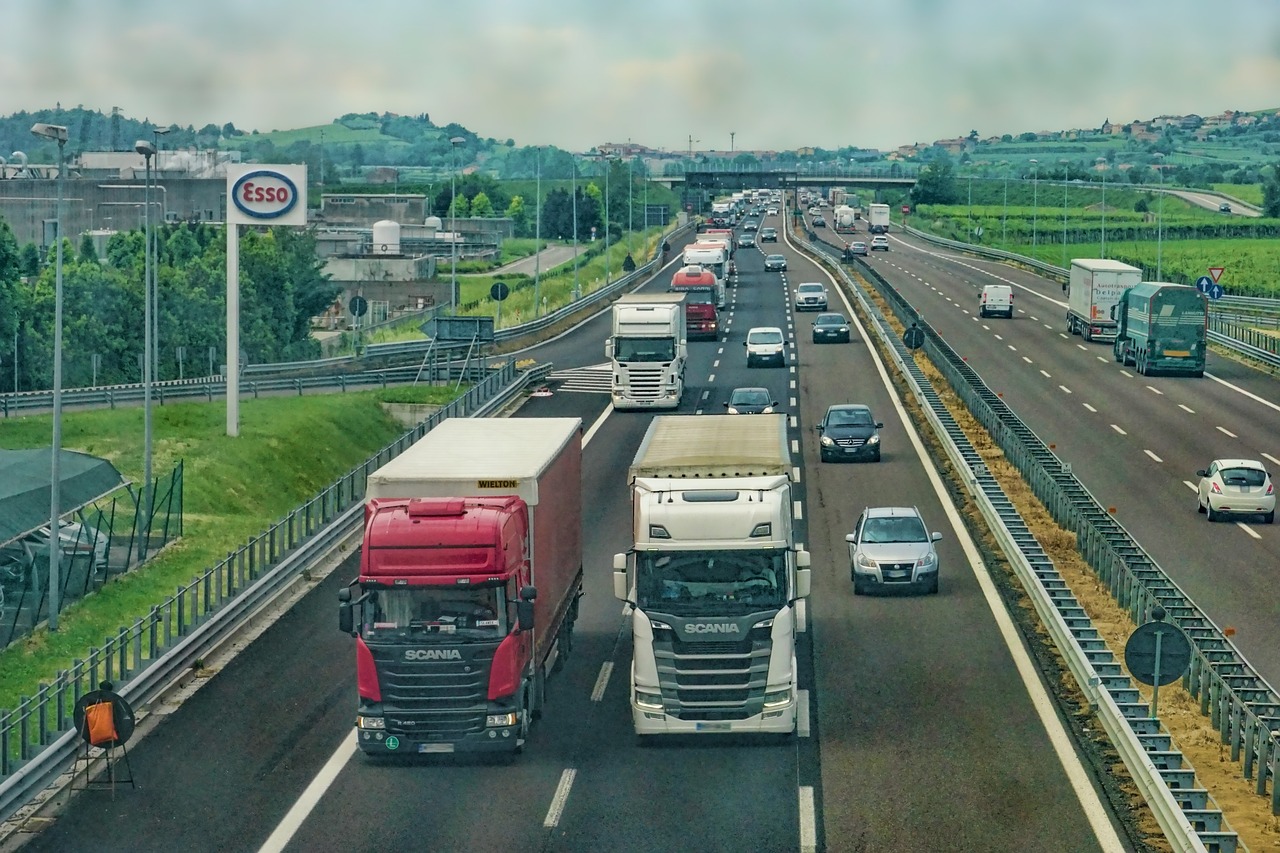Now Reading: Understanding Truck Blind Spots and How to Avoid Accidents
-
01
Understanding Truck Blind Spots and How to Avoid Accidents

Understanding Truck Blind Spots and How to Avoid Accidents
Road safety is a paramount concern in our daily commutes, especially when considering the interaction between diverse vehicle types, such as passenger cars and larger commercial trucks. Among the myriad challenges posed by the coexistence of these vehicles, understanding and mitigating the risks associated with truck blind spots stands out as a critical issue.
Blind spots—the areas around a vehicle not visible to the driver even with the aid of mirrors—are significantly larger and more problematic for trucks. This increases the likelihood of accidents, making it imperative for all drivers to comprehend the dynamics of these blind zones fully.
With the help of truck accident lawyers, victims have brought attention to the severity and frequency of truck accidents, highlighting the need for increased awareness and preventive measures. By fostering a deeper understanding of these issues, we can work collectively towards reducing the risk of accidents and ensuring safer roadways for everyone.
Understanding Truck Blind Spots
Grasping the concept of blind spots around trucks is crucial for ensuring safety on the roads, as these are specific zones where the truck driver’s ability to see other vehicles is significantly limited or entirely blocked. The existence of these blind spots is largely attributable to the physical dimensions and design of trucks, which differ markedly from those of smaller vehicles.
- The Front Blind Spot: Positioned directly in front of the truck, this area is particularly perilous because smaller vehicles can easily be obscured from the truck driver’s line of sight. Due to the truck cabin’s elevated position, vehicles immediately in front of the truck, extending for a certain distance, are invisible to the driver.
- Side Blind Spots: These extend diagonally backward from the truck’s cab on both sides, far larger than the blind spots in passenger cars, a consequence of the truck’s long length. Vehicles that drive parallel to a truck, especially closer to the rear, may become unseen by the truck driver, complicating safe lane changes or turns.
- The Rear Blind Spot: This zone directly behind the truck is where the driver is unable to see vehicles that are following too closely through standard rearview mirrors. This blind spot is a frequent site for rear-end collisions, particularly in heavy traffic situations where vehicles might tailgate trucks.
The Dangers of Truck Blind Spots
The dangers associated with truck blind spots are significant, contributing to numerous road accidents each year. These blind spots are areas around the truck where vehicles, cyclists, or pedestrians may be completely invisible to the truck driver, leading to potentially fatal encounters.
The statistics on accidents involving trucks often highlight the critical role that blind spots play in road safety incidents. For instance, collisions frequently occur when vehicles attempt to overtake a truck without realizing they are in a blind spot, leading to the truck inadvertently sideswiping them.
The impact of accidents caused by blind spot misunderstandings is profound, affecting not just the immediate parties involved but also causing secondary accidents due to sudden stops or swerves. The importance of educating all drivers about truck blind spots cannot be overstated, as understanding these invisible zones is essential for making informed decisions on the road and preventing accidents.
Tips for Drivers to Avoid Truck Blind Spots
To mitigate the risks associated with truck blind spots and avoid accidents, drivers can follow several practical tips:
For Truck Drivers:
- Adjust Mirrors Properly: Ensure all mirrors are correctly adjusted to minimize blind spots as much as possible.
- Use Blind Spot Detection Systems: Invest in and utilize technology like blind spot detection systems to alert you of vehicles in your blind spots.
- Signal Intentions Early: Use turn signals well in advance of making a turn or lane change to give other drivers time to react.
For Other Vehicle Drivers:
- Avoid Blind Spots: Stay out of the areas directly in front of, beside, and behind trucks where the driver may not see you.
- Pass Quickly and Safely: When passing a truck, do so quickly and safely to minimize time spent in the truck’s blind spot.
- Maintain a Safe Distance: Keep a safe distance when following a truck to ensure you remain visible to the truck driver and have time to react to any sudden stops
Enhancing Safety Through Education and Technology
Enhancing road safety involves not only individual awareness and behavior changes but also leveraging advancements in technology and education.
Driver education plays a pivotal role in reducing accidents related to truck blind spots. Comprehensive training programs for both new and experienced drivers can significantly improve understanding of how to navigate around large vehicles safely.
Technological advancements are making substantial contributions to mitigating the dangers of blind spots. Modern trucks are increasingly equipped with blind spot detection systems, rear-view cameras, and other sensor-based technologies designed to alert drivers to the presence of vehicles or obstacles in their blind spots.
Legislative efforts aim to standardize safety features on trucks, including mandatory use of certain technologies that could prevent thousands of blind spot-related accidents each year. Regulations and guidelines focusing on vehicle safety standards not only promote the adoption of these technologies but also encourage continuous innovation in the automotive industry.
Conclusion
Understanding and addressing truck blind spots is crucial for enhancing road safety. The collaborative efforts of truck drivers, other motorists, educators, technology innovators, and legislators are essential in this endeavor.
By fostering awareness of blind spots, encouraging the adoption of advanced safety technologies, and implementing comprehensive educational programs, we can significantly reduce the risk of accidents. It’s a shared responsibility that demands attention from all parties involved in road use.
As we move forward, the continuous improvement in vehicle safety features, alongside legislative support for such advancements, will be key in preventing accidents and saving lives.
Let this be a call to action for everyone on the road to practice vigilance, patience, and respect for the limitations and challenges of sharing the road with large vehicles. Together, we can create a safer driving environment, minimizing the dangers associated with truck blind spots and ensuring the well-being of all road users.










